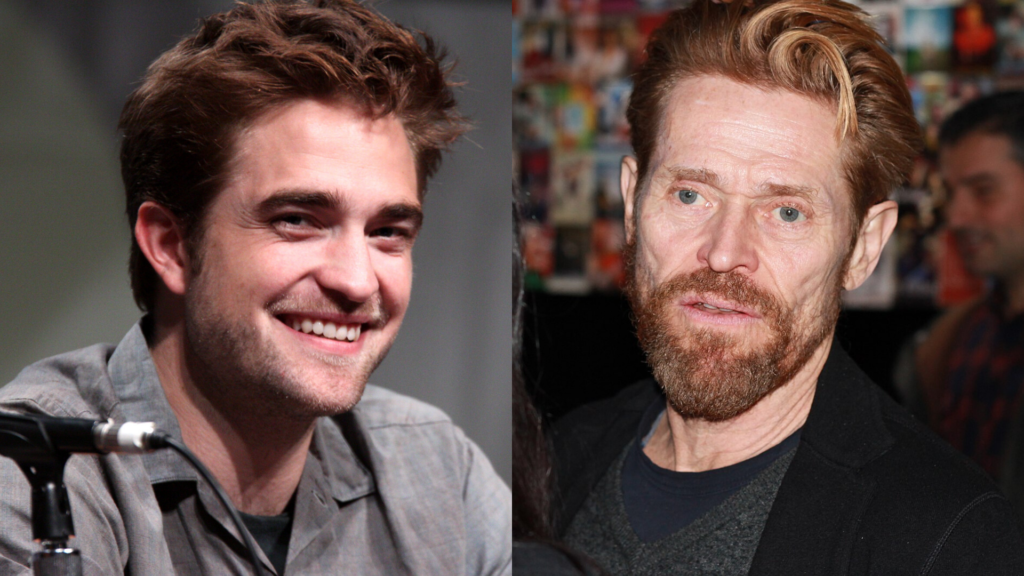Roger Eggers’ The Lighthouse is a thrilling experience only made better by the film’s technical brilliance. It was filmed in Yarmouth and was screened during FIN: Atlantic International Film Festival in Halifax this past September.
Real horror
The Lighthouse doesn’t rely on cheap jump-scares and recycled horror tropes as so many films do these days. This is the kind of horror film that gives the audience a deep sense of unease by building tension slowly, albeit a bit too slowly at times.
The film begins with almost no dialogue at all. It takes a while for the audience to find out what the premise of the film actually is. The two main characters are to stay alone on a small isolated island to take care of its lighthouse for four weeks.
It is easy to enjoy the comradeship that develops between lighthouse keepers Tom (played by Willem Dafoe) and Winslow (Robert Pattinson). However, just as the audience begins to feel comfortable and even amused by the dynamics that develop between the two, the film turns into the maelstrom of terror and madness that gets more and more horrifying the longer the two men stay in isolation.
The outstanding performances given by both Dafoe and Pattinson convince the audience that there isn’t a sane bone left in either of their characters’ bodies by the time the story reaches its conclusion.
A technical masterpiece
The plot of the film is just as mad as its characters. As the narrative progresses, the line between the real and the imaginary is blurred beyond recognition. It is impossible to figure out the difference between truth and lies, and what is real and what isn’t. Nor can the characters’ motivations ever truly be known. Answers are the one thing this film lacks, and it is all the better for it. What’s more distressing than not knowing the truth?
This deep sense of discomfort is only aggravated by the film’s unconventional yet remarkable cinematography. The first thing anyone will notice when watching the first shot of the film is the black-and-white cinematography and small aspect ratio (size) of the frame. Whenever a film chooses to ignore core cinematic conventions audiences come to expect, it seems, more often than not, that these choices come from the filmmaker’s desire to stand out more so than it is about what the story needs.
This, however, is not the case for The Lighthouse. The lack of colour in the image explicitly creates distance between the audience and the events onscreen. It gives the film a sense of otherness that further builds on the anxiety the audience is meant to feel. On top of that, the small aspect ratio serves to create an acute sense of claustrophobia from the first to final shot of the film.
In addition to the visual aspects of the film, the sound design should also be recognized. The score, more a series of ominous tones than actual music, is carefully combined with unnerving sound effects to successfully build tension. Every sound in this film feels like a careful choice, and it all fits together effortlessly.
The Lighthouse excels in its performances, plot and technical aspects. Any self-respecting horror film fan should take the time to go watch it.




Recent Comments